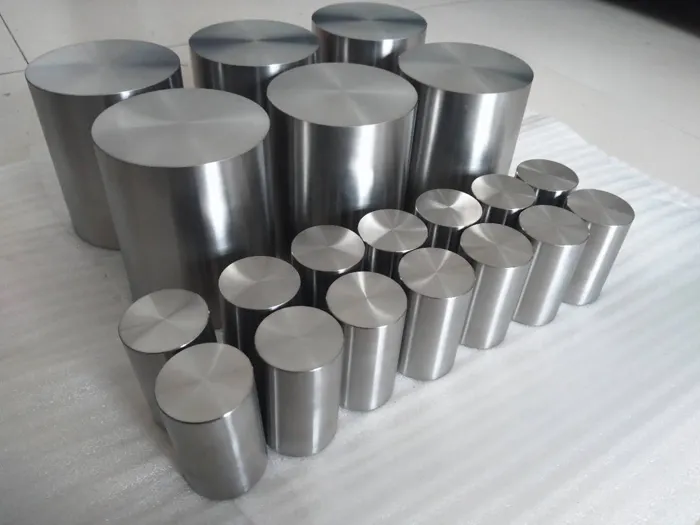Tantalum Tungsten Alloy Rod (Ta10W, Ta90W10, Ta2.5%W Bar)
Princeton Powder is a top supplier of high-purity tungsten tubes in the United States, offering pure tungsten tubes that meet ASTM B760 standards. Available in various diameters and lengths, our tungsten tubes are suitable for a range of industrial applications. We offer both standard and custom sizes to meet specific project requirements. Tungsten tubes are available at competitive prices, ensuring high performance and reliability in demanding environments.
Material | Tantalum Tungsten Ta-W |
Synonyms | Tantalum 10% Tungsten, Tantalum Tungsten 2.5%, Tantalum Tungsten 7%, Tantalum TA10W, Ta90W10 |
Standard | UNS R05252, ASTM B365 |
Tensile Strength | 550 MPa (7.5% W) |
| Density | 16.7-16.9 g/cm3 |
Melting Point | 3050 ℃ |
Dimensions | Customized |
Surface Treatment | Pickling or Polishing |
Description of Tantalum Tungsten Alloy Rod
Tantalum Tungsten Alloy Rod typically contains 90–97.5% tantalum and 2.5–10% tungsten, offering a balance of high strength, excellent corrosion resistance, and exceptional high-temperature stability. It is widely used in aerospace, nuclear, and chemical industries for applications such as heat shields, reaction vessels, and electrodes. Customizable in dimensions and surface finishes, it is ideal for demanding environments requiring durability and performance.
Application
- Aerospace components, such as rocket nozzles and heat shields.
- Nuclear reactors and particle accelerators.
- Chemical processing equipment.
- Medical devices, such as X-ray targets and electrodes.
How to select Tantalum Tungsten Alloy Rod
Below are the key factors that you should consider when you choose a suitable Tantalum Tungsten Alloy Bar
Determine Composition:
- Choose tungsten content (e.g., 2.5% or 10%) based on required strength and high-temperature performance.
Application Requirements:
- High-Temperature Use: Opt for higher tungsten content for improved heat resistance.
- Corrosive Environments: Ensure alloy meets specific chemical resistance standards.
Mechanical Properties:
- Evaluate tensile strength, ductility, and machinability for your application.
Dimensions and Surface Finish:
- Specify diameter, length, and surface finish (polished, ground, or as-fabricated) for compatibility.
Compliance and Quality:
- Verify alloy conforms to industry standards (ASTM, MIL, etc.) and ensure traceability.

